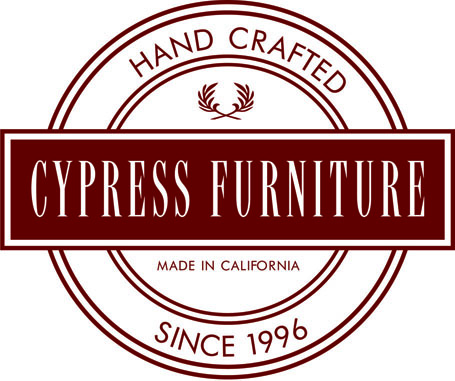General Upholstery Cleaning and Care January 06 2015, 0 Comments
Fabric care is an important part of owning upholstered furniture. General care of upholstered furniture depends on the type of fabric used and the construction of the furniture. Care should not require a significant amount of time and effort on your part to keep your furniture looking great. You should not be afraid to care for your upholstery, as even a little effort can go a long way. Of course though, caution should always be exercised so as not to damage.
General tips:
- Know where to look for information. Furniture should come from the manufacturer with one or more tags. These tags are descriptive and often include what kind of fabric was used along with who manufactured the fabric. Follow care instructions on the tag or as listed by the fabric manufacturer for specific or tricky types of fabric such as silk, opposed to a more resilient fabric like a nylon or cotton.
- Be gentle.
- Limit direct exposure to sunlight. Sun exposure can cause fading.
- Be aware of the effects of heat/moisture. Fabric near heating elements or sources of moisture can be subject to adverse effects, such as stretching and shrinking. Carefully plan where you are going to place furniture and be aware of potential hazards.
- Consider a lint roller for hair and other small bits of debris that end up on furniture.
- Flip cushions at least monthly. This will distribute wear better over the cushion and extend its life. Not all cushions are designed to be flipped though, so make sure both sides are identical before flipping.
- Pouf and plump cushions up as needed to fix loft. Pillows and cushions in your furniture behave similarly to those on your bed, meaning occasional plumping will help them better retain form and be more comfortable. Also similar to bedding, down cushions will require more frequent plumping.
Cleaning your furniture:
- It is recommended to vacuum or brush your furniture monthly to remove loose dry debris and dust. Consider the amount of dust on a table top surface that accumulated there over the course of a month. Remember that the same amount settles invisibly on your furniture.
- Always test cleaning products somewhere inconspicuous.
- Treat stains and spills quickly, do not allow them to set. Work from the outside edge towards the middle of the stain to prevent rings. Don’t rub or scrub, instead blot. A clean white cloth is recommended for cleaning spots and stains. The type of cleaner used will depend on the type of fabric in use as well as the nature of the stain.
- Do not machine wash cushions or casings. These often have interior liners that can be destroyed or damaged by machine washing.
- It is recommended to be proactive in cleaning. If furniture is allowed to become too soiled and stained, it may be impossible to clean and restore, or cleaning might do damage to the material that cannot be reversed.
- Consider hiring a professional cleaner every 2-5 years. First be sure to check their qualifications. It is also wise to provide them the name of the brand of fabric. Generally this can be found on the attached manufacturers tags.
- Consider a fabric protection system. These are often spray applications done by furniture companies, but home use applications are also available. These often contain a dirt and moisture repellent but are not the same level of protection as say, putting plastic on your furniture. They will not make your furniture immune to stains and issues, but they will go a long way to prevent damage. At Cypress Furniture we use the NEX system, a natural, orange based spray on application protection system. When buying or reupholstering furniture be sure to ask about these types of systems.
- Look into reupholstering your furniture if the fabric is starting to tear or is becoming too worn. This is also a great idea to simply freshen up your room with a new fabric pattern.
